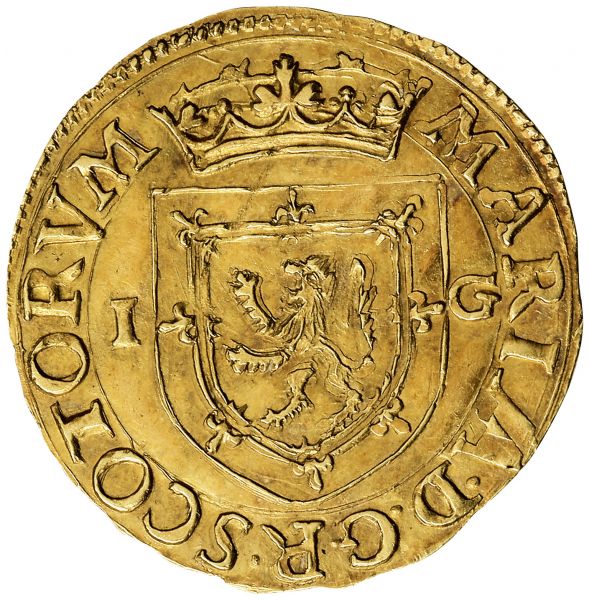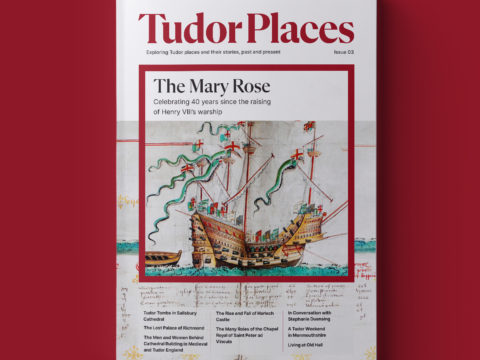Money in Stewart & Tudor Times
Chapter 3 : Coins in Scotland
Scotland too struck coins of varying value, but reduced the content of precious metal even further, with many coins being made of “billon”, a 50% amalgam of silver and copper.By the time of James III (1460 – 1488) lower grade and higher grade coins were in circulation at the same time, so a low-grade penny made of billon had a value of a penny, whilst a high grade one of pure silver was worth three pence. There were also “placks” and “half-placks” of billon, worth 4d and 2d respectively.
At the other end of the scale were gold coins, the rider, half-rider and quarter-rider valued at multiples of 5s 9d. These failed to catch on and were replaced by the delightfully named unicorn, made of gold and valued at 18s. This was the highest denomination coin under James IV (1488 -1513) and was supplemented by a half-unicorn, a lion (gold, equal to 13s. 4d or a “merk”) and the half-lion.
James V (1513 – 1542) had to deal with the rising inflation of the sixteenth century. The gold unicorn was revalued upward twice, to 20s. and 22s.In 1538 the bawbee was introduced, 25% silver, and valued at 6d. with its accompanying half-bawbee. By 1540 the level of inflation prevalent necessitated a revamp of the whole coinage. A 40s value gold ducat appeared, with its companion halves and quarter, and at the bottom of the scale, bawbees and half-bawbees of 25% silver. No intermediate coins remained.

James’ daughter, Mary, Queen of Scots (1542 – 1568), issued coinage more akin to that in France. Golden ducats or ryals of 60s value appeared, with halves of 30s. The unicorns came back in at a value of 44s. In tandem with high value gold coins, silver dollars worth 30s and fractions of dollars appeared, together with a host of smaller denominations.
Not content with this plethora of coins, James VI (1568 – 1625) introduced many more from copper pennies, through various combinations of shillings and marks, via the sword & sceptre of 6£ and the thistle of 11 merks, right up to the twenty pound coin.


